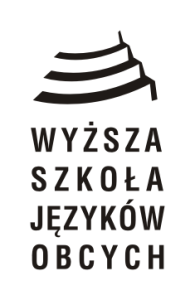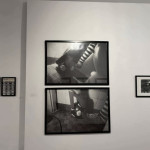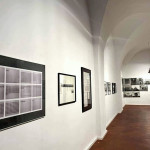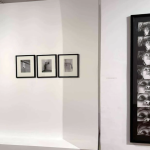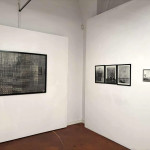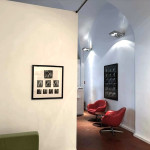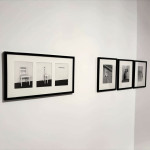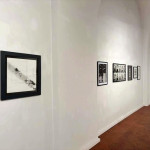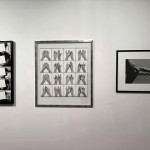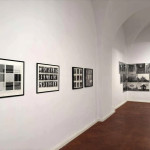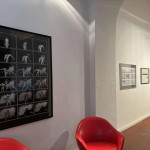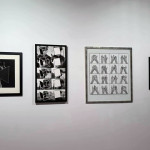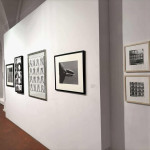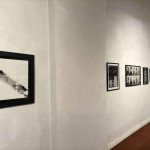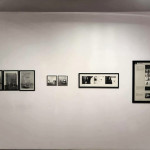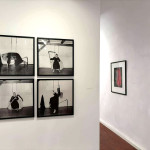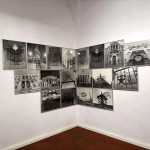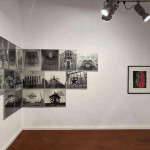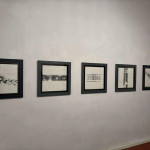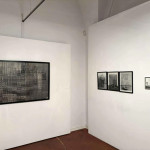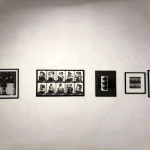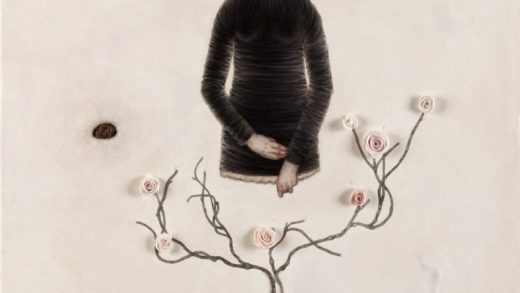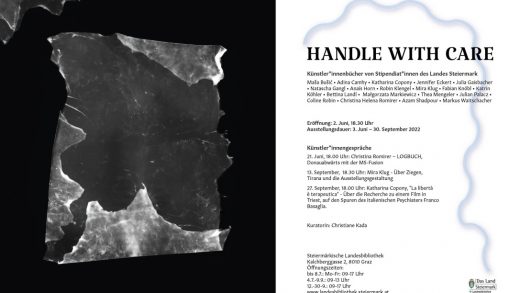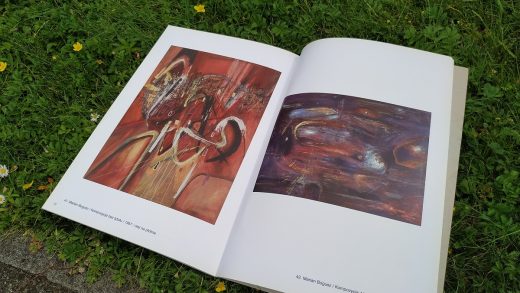opening: Friday, May 16th, at 7:00 PM
exhibition: 16.05-20.06.2025
organizator:

partner:
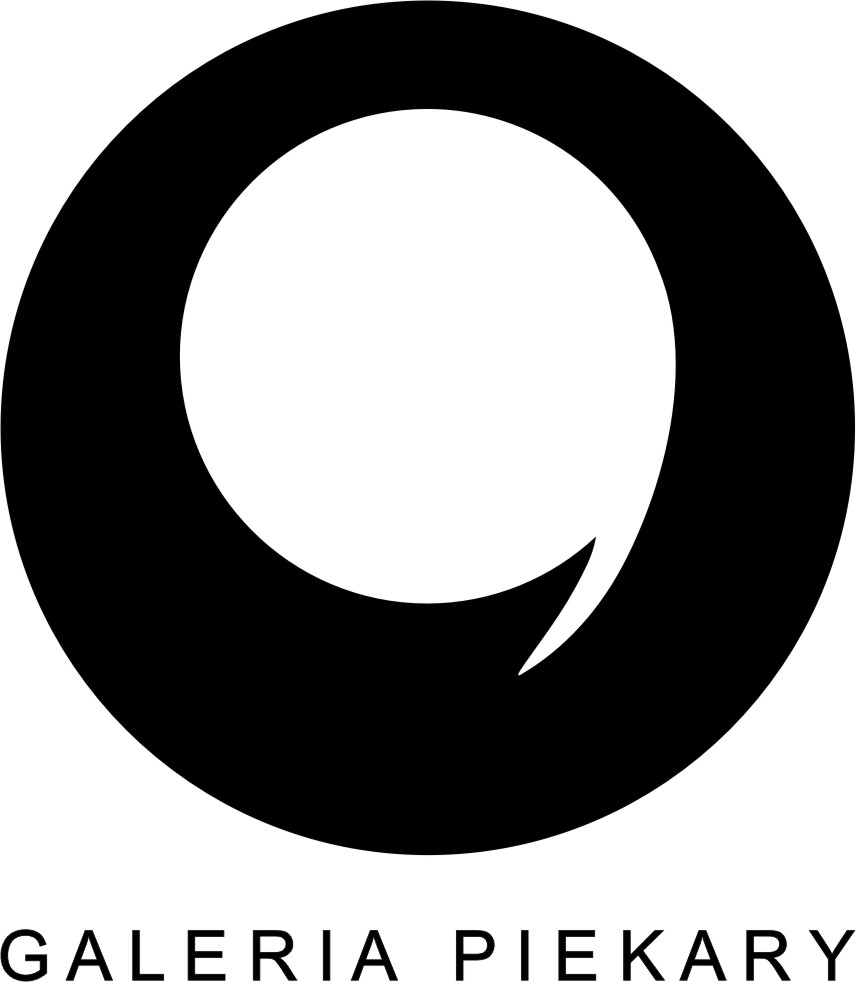
place: Galeria Piekary
ul. Św. Marcin 80/82
CK Zamek, Dziedziniec Różany
61-809 Poznań
exhibition open Monday – Friday 10 AM – 6 PM
admission always free
media patronage:
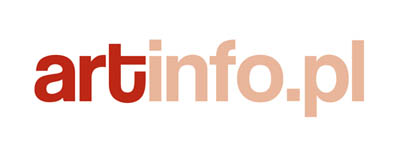
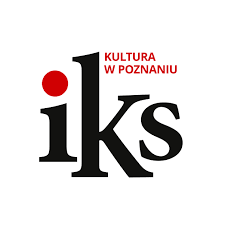
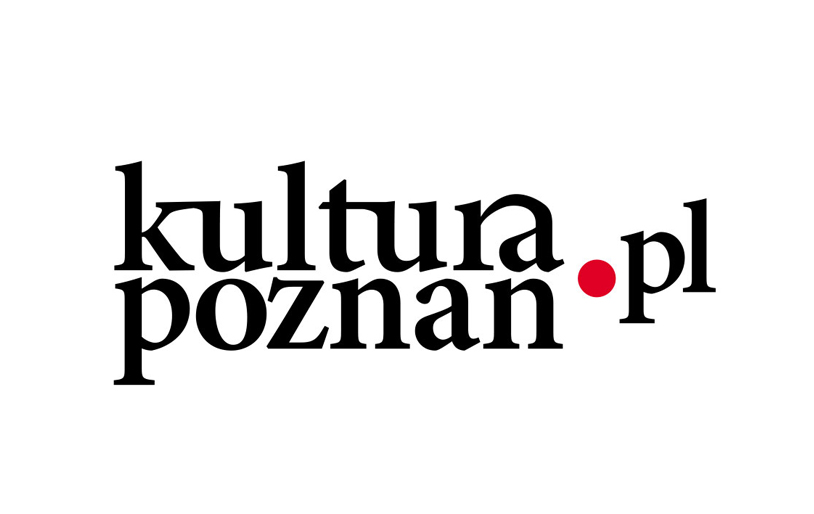
9/11 Art Space Foundation and Piekary Gallery are pleased to invite you to The Wild Decade. Polish Photography of the 1970s, an exhibition devoted primarily to Polish artist photographers, though featuring works by international authors as well. The exhibition documents the dynamic changes and creative phenomena which that decade witnessed, retracing the artistic paths of those who engaged with photography in the 1970s.
That decade was a period of transition and beginnings alike. At that time, Ryszard Waśko became a member of the Film Form Workshop while Janusz Bąkowski joined the Association of Polish Artist Photographers (ZPAF). Others were already reaching the mature stage: Robakowski proclaimed the idea of the anti-narrative, Maria Pinińska-Bereś made the most important artistic choices of her career, and the famous painter Jerzy Rosołowicz created Photoneuroticons, the only photographic series in his oeuvre. Zdzisław Sosnowski entered the decade with analytical and conceptual experiments, moving on to explore audience perception and reconstruction, only to arrive at a critique of mass culture and the new media. The artistic milieu resembled a kaleidoscope in which one could observe an endless stream of new ideas, currents and events. Fifty years later, Piekary Gallery takes a look back, to symbolically honour the less and better known artists, as well as encourage reflection on photography and its place in the discourse.
The eponymous wildness highlights the originality and experimental nature of the artistic endeavours at the time, since photography had only recently acquired an artistic dimension, which is why artists rushed to make the most of the medium. They did not ask how to photograph; they inquired how to transform the photographic image using mathematics (Bąkowski), tested whether a flat image could be read spatially (Dłubak), and sought to make a few frames capture acute social issues and dangerous phenomena (Natalia LL). They posed the questions and tried to answer them themselves, often working in groups, collectives and associations, such as the Permafo Group or the aforementioned Film Form Workshop. The artists shared the desire to experiment, even as part of the creative process itself, and strove to validate photography as a medium that yields insights into reality. The latter aspiration is perfectly embodied in a selection of photographs by Paweł Kwiek, which feature pieces of paper with information about distance between the author and the captured object.
Next to the aforementioned authors, the exhibition also includes works by artists previously hosted at the Piekary Gallery, such as Antoni Mikołajczyk, Zbigniew Lachowicz, or Przemysław Kwiek. In addition, various artists from abroad are present here as well, including the Hungarian photographer Tibor Hajas, whose visits to Poland testify to the international reach of mutual inspirations. A considerable part of the exhibition is devoted to Przemysław Kwiek’s Belarusian Composition. Many of those artists had a considerable influence on Polish art, and their contribution and achievements were recognized with numerous accolades: the Gloria Artis Bronze Medal of Cultural Merit awarded to Witold Jurkiewicz, the Katarzyna Kobro Award granted in 2001 to Zbigniew Dłubak, Krzysztof Wodiczko in 2006 and Zygmunt Rytka in 2011, Krzysztof Wodiczko’s Officer’s Cross of the Order of Polonia Restituta, the Gloria Artis Silver Medal of Cultural Merit for Natalia LL, and so on. Their outstanding works may be found in numerous collections in Poland and abroad.
Co-financed by the City of Poznań

